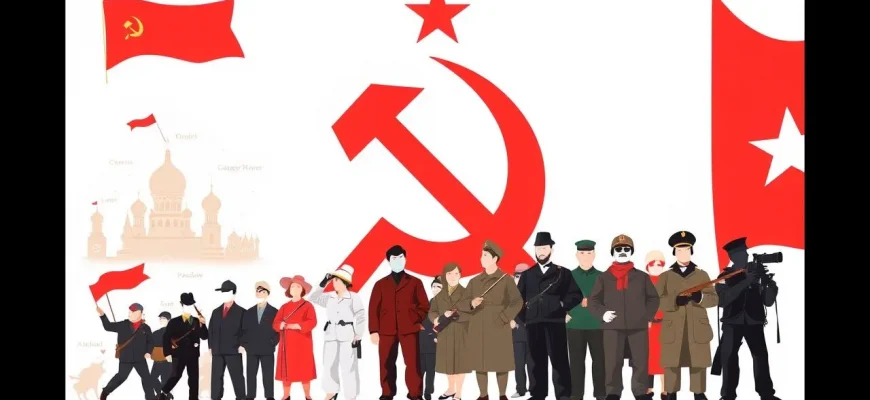Soviet cinema has always been a rich tapestry of stories that reflect the pride, resilience, and honor of its people. This curated selection of 10 films delves into the heart of Soviet pride, showcasing narratives that celebrate the indomitable spirit of the nation. From tales of heroic deeds to the everyday struggles and triumphs, these films offer a unique perspective on what it means to be proud of one's heritage and identity. Each film in this collection has been chosen for its ability to evoke a sense of pride, whether through historical events, personal victories, or the portrayal of the Soviet ethos. Let's embark on this cinematic journey to explore the pride of the Soviet Union.
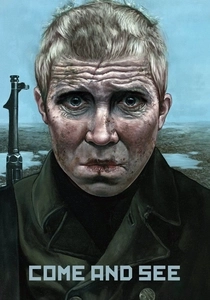
Come and See (1985)
Description: This anti-war film depicts the horrors of WWII through the eyes of a young boy, reflecting the pride in survival and resistance against oppression.
Fact: It was banned in several countries due to its graphic content but has since been recognized as a masterpiece.
 Watch Now
Watch Now 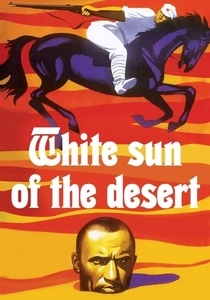
The White Sun of the Desert (1970)
Description: This adventure film set in the post-revolutionary Soviet Union reflects the pride in the Red Army's role in stabilizing the country.
Fact: The film's theme song became an anthem for Soviet soldiers in Afghanistan.
 Watch Now
Watch Now 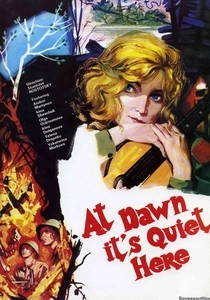
The Dawns Here Are Quiet (1972)
Description: This film about female anti-aircraft gunners during WWII highlights the pride in the Soviet women's contribution to the war effort.
Fact: It was remade in 2015, showing its lasting impact on Soviet and Russian culture.
 Watch Now
Watch Now 
The Battle of Stalingrad (1949)
Description: This epic war film captures the pride in the Soviet victory at Stalingrad, a turning point in WWII.
Fact: It was one of the first Soviet films to depict the battle in such detail, becoming a symbol of Soviet resilience.
 30 Days Free
30 Days Free 
The Cranes Are Flying (1957)
Description: This poignant war drama captures the essence of Soviet pride through the story of a young woman's resilience during WWII, symbolizing the strength of the Soviet people.
Fact: The film won the Palme d'Or at the Cannes Film Festival in 1958, marking a significant achievement for Soviet cinema.
 30 Days Free
30 Days Free 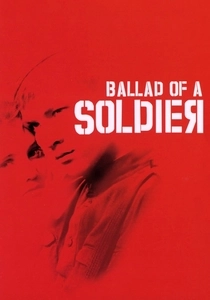
Ballad of a Soldier (1959)
Description: A young soldier's journey home during WWII showcases the pride in duty and the human spirit, reflecting the Soviet ethos of sacrifice and honor.
Fact: The film was nominated for an Academy Award for Best Original Screenplay.
 30 Days Free
30 Days Free 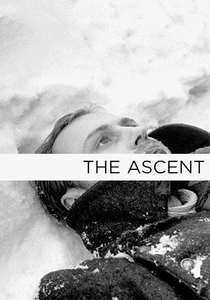
The Ascent (1977)
Description: A harrowing tale of two Soviet partisans during WWII, this film embodies the pride in the fight for freedom and justice.
Fact: It won the Golden Prize at the 10th Moscow International Film Festival.
 30 Days Free
30 Days Free 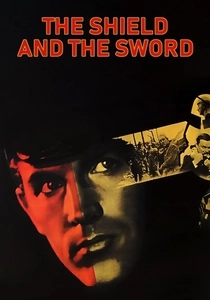
The Shield and the Sword (1968)
Description: A spy thriller that celebrates the pride in Soviet intelligence and their role in WWII espionage.
Fact: It was one of the most popular Soviet TV series, influencing many subsequent spy thrillers.
 30 Days Free
30 Days Free 
The Red Tent (1969)
Description: Based on the true story of the Nobile expedition, this film showcases the pride in human endurance and the Soviet spirit of exploration.
Fact: The film features an international cast, including Sean Connery and Claudia Cardinale.
 30 Days Free
30 Days Free 
The Irony of Fate (1975)
Description: While primarily a romantic comedy, it subtly showcases the pride in Soviet urban planning and the uniformity of Soviet life.
Fact: It has become a New Year's Eve tradition in Russia, with millions watching it annually.
 30 Days Free
30 Days Free 
